-
 Bitcoin
Bitcoin $113200
1.54% -
 Ethereum
Ethereum $4368
1.43% -
 XRP
XRP $3.022
4.23% -
 Tether USDt
Tether USDt $0.0000
-0.01% -
 BNB
BNB $883.5
0.92% -
 Solana
Solana $219.5
5.29% -
 USDC
USDC $0.9997
-0.02% -
 Dogecoin
Dogecoin $0.2411
3.66% -
 Cardano
Cardano $0.8908
5.48% -
 TRON
TRON $0.3349
0.94% -
 Hyperliquid
Hyperliquid $54.50
8.93% -
 Chainlink
Chainlink $23.73
5.54% -
 Ethena USDe
Ethena USDe $1.001
-0.01% -
 Sui
Sui $3.602
5.47% -
 Stellar
Stellar $0.3861
5.90% -
 Bitcoin Cash
Bitcoin Cash $585.1
-1.13% -
 Avalanche
Avalanche $26.09
4.37% -
 Hedera
Hedera $0.2325
5.06% -
 UNUS SED LEO
UNUS SED LEO $9.549
-0.23% -
 Litecoin
Litecoin $114.2
1.13% -
 Cronos
Cronos $0.2502
-2.95% -
 Toncoin
Toncoin $3.134
1.24% -
 Shiba Inu
Shiba Inu $0.00001307
4.10% -
 Polkadot
Polkadot $4.148
3.50% -
 Uniswap
Uniswap $9.759
3.47% -
 Ethena
Ethena $0.8495
11.24% -
 World Liberty Financial
World Liberty Financial $0.2188
3.76% -
 Dai
Dai $0.9997
-0.03% -
 Monero
Monero $271.7
0.21% -
 Aave
Aave $309.2
2.95%
What does it mean when the RSI repeatedly lingers around 50?
When RSI hovers around 50, it signals market indecision and consolidation—often preceding a breakout, especially in crypto’s volatile environment.
Sep 09, 2025 at 11:01 am
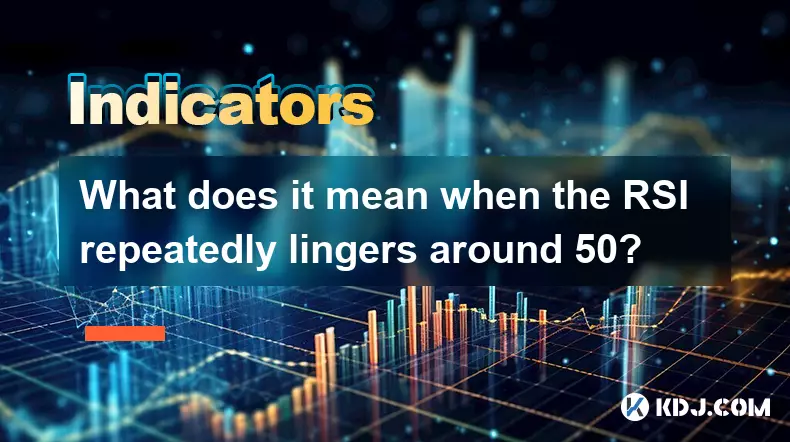
Understanding RSI Behavior Around the 50 Level
The Relative Strength Index (RSI) is a momentum oscillator widely used in cryptocurrency trading to measure the speed and change of price movements. Typically ranging from 0 to 100, the indicator is most commonly interpreted with readings above 70 signaling overbought conditions and below 30 indicating oversold levels. However, when the RSI consistently hovers around the 50 mark, it suggests a different market dynamic—one that reflects indecision and equilibrium between buyers and sellers.
This neutral zone behavior often emerges during periods when the market lacks a clear directional bias. In the volatile world of cryptocurrencies, such conditions can arise after sharp rallies or steep corrections, where neither bulls nor bears gain sustained control. Traders observing this pattern should interpret it as a sign that momentum is dissipating, and the asset may be entering a consolidation phase.
Implications for Crypto Market Dynamics
- The repeated presence of RSI near 50 indicates a balance of buying and selling pressure, often seen in range-bound markets where prices move sideways.
- In highly speculative assets like Bitcoin or altcoins, this behavior may precede a breakout or breakdown, especially if accompanied by decreasing volume, suggesting waning interest.
- Traders relying on trend-following strategies may find limited opportunities during these phases, as traditional momentum signals become less reliable.
- Market makers and algorithmic traders often exploit these neutral zones by placing orders just outside established ranges, anticipating eventual volatility expansion.
- Extended time spent around the 50 level could also reflect broader macroeconomic uncertainty, regulatory speculation, or sector-wide stagnation within the crypto space.
Strategic Adjustments During Neutral Momentum
- Shifting focus from directional bets to range-based strategies, such as selling call and put options at resistance and support levels, can yield better risk-adjusted returns.
- Monitoring on-chain metrics—like exchange inflows, hash rate trends, or wallet activity—can provide context beyond technical indicators when RSI shows neutrality.
- Using longer timeframes to assess whether the 50-level stagnation is part of a larger accumulation or distribution pattern improves decision-making accuracy.
- Integrating volume profile analysis helps identify significant price levels where future breakouts are more likely to originate.
- Paying attention to news catalysts becomes critical, as sudden developments in regulation, adoption, or technological upgrades can abruptly shift momentum away from the 50 equilibrium.
Psychological and Behavioral Factors in RSI Neutrality
- Crypto traders often exhibit herd behavior following extreme moves; after a major pump or dump, hesitation sets in, reflected by RSI stabilizing near 50.
- Fear of missing out (FOMO) and fear of losing money (FUD) reach a temporary truce, resulting in reduced order flow and tighter price action.
- Whales and institutional players may use this phase to accumulate positions without triggering strong price reactions, masking their activity within normal volatility.
- Behavioral confirmation bias leads some traders to misinterpret the 50 level as a buy signal in uptrends or a sell signal in downtrends, increasing the risk of false entries.
- Recognizing that RSI neutrality does not imply safety but rather latent volatility helps traders avoid complacency during seemingly quiet market phases.
Frequently Asked Questions
Can RSI staying near 50 indicate a coming bull run?Not directly. While prolonged neutrality might precede a breakout, the RSI alone cannot confirm direction. Additional confirmation from volume spikes, fundamental upgrades, or on-chain accumulation patterns is necessary to anticipate bullish momentum.
Is RSI less effective in crypto compared to traditional markets?RSI functions similarly across markets, but crypto’s high volatility and 24/7 trading amplify whipsaws and false signals. Combining RSI with other tools like moving averages or order book depth increases its reliability in digital asset trading.
Should I trade based solely on RSI crossing above or below 50?Relying exclusively on RSI crossovers at 50 is risky. These crossings often occur frequently during choppy markets and lead to losses if not filtered by trend context, support/resistance levels, or volume analysis.
How long is too long for RSI to remain near 50?There's no fixed duration, but if RSI stays within a 45–55 range for more than 10–14 periods on daily charts, it signals strong consolidation. Extended durations may hint at impending volatility, especially if preceded by a strong trend.
Disclaimer:info@kdj.com
The information provided is not trading advice. kdj.com does not assume any responsibility for any investments made based on the information provided in this article. Cryptocurrencies are highly volatile and it is highly recommended that you invest with caution after thorough research!
If you believe that the content used on this website infringes your copyright, please contact us immediately (info@kdj.com) and we will delete it promptly.
- Aethir Price Check: Smart Money Bails, Correction Ahead?
- 2025-09-09 16:25:13
- Canary ETF, Staked SEI, and SEC Filings: A New York Minute on Crypto's Next Big Thing
- 2025-09-09 16:45:16
- Bitcoin Price, Rollblock, and the 30x Growth Potential: What's the Buzz?
- 2025-09-09 17:05:15
- Nasdaq and Tokenized Securities: Trading's Next Frontier
- 2025-09-09 16:45:16
- Tom Lee's Bold Bitcoin Prediction: $200,000 by 2025?
- 2025-09-09 16:25:13
- USDH Stablecoin: Sky's Bold Move for DeFi Dominance with 4.85% Yield
- 2025-09-09 16:50:12
Related knowledge
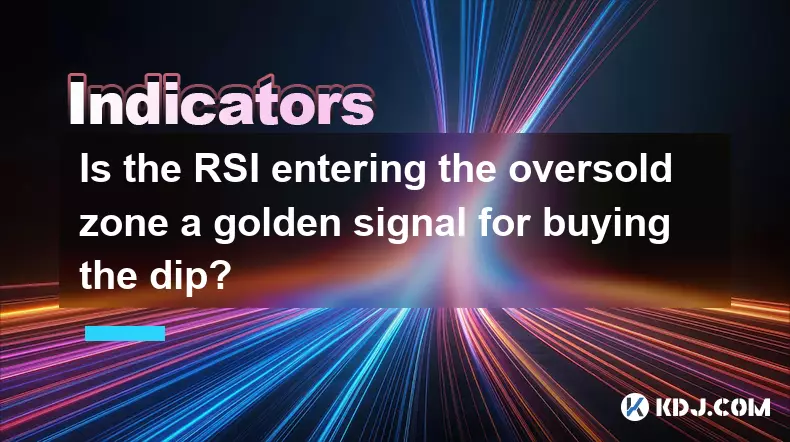
Is the RSI entering the oversold zone a golden signal for buying the dip?
Sep 09,2025 at 02:55pm
Understanding the RSI and Its Role in Crypto Trading1. The Relative Strength Index (RSI) is a momentum oscillator widely used in the cryptocurrency ma...
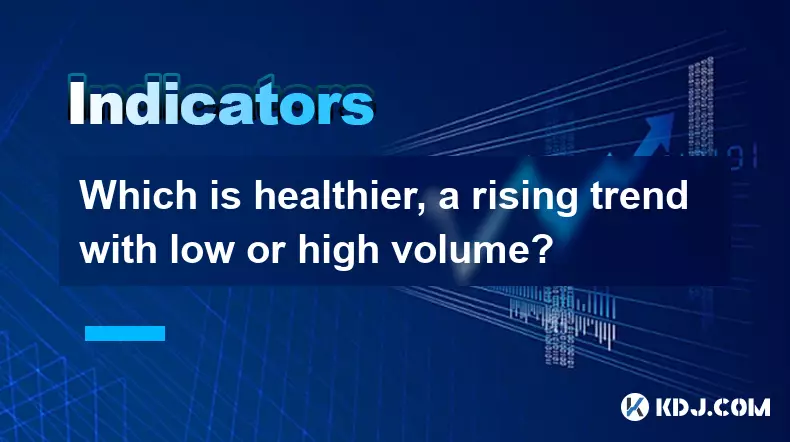
Which is healthier, a rising trend with low or high volume?
Sep 09,2025 at 04:00pm
Understanding Volume in Market Trends1. Volume serves as a critical indicator when analyzing the strength of a rising trend in cryptocurrency markets....
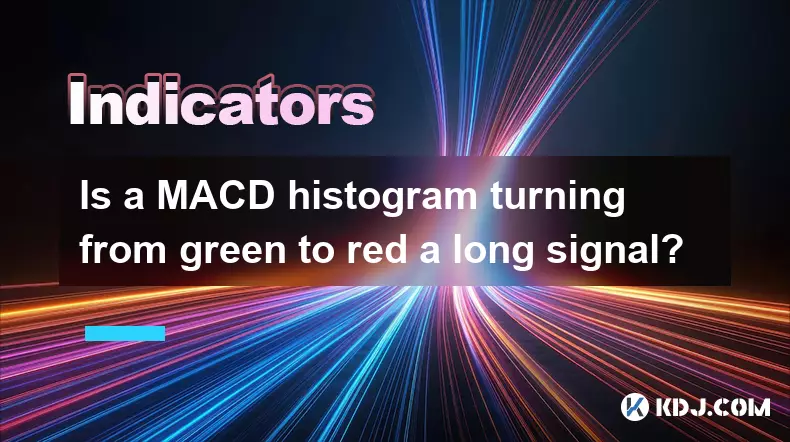
Is a MACD histogram turning from green to red a long signal?
Sep 09,2025 at 01:54pm
Understanding the MACD Histogram in Crypto Trading1. The MACD (Moving Average Convergence Divergence) histogram is a visual representation of the diff...
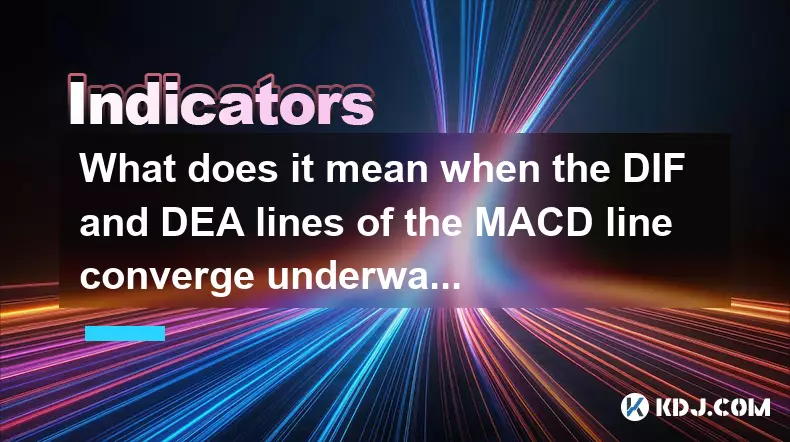
What does it mean when the DIF and DEA lines of the MACD line converge underwater?
Sep 09,2025 at 07:55am
Understanding MACD Components in Bearish Territory1. The MACD indicator consists of three elements: the DIF (Difference), DEA (Signal line), and the M...
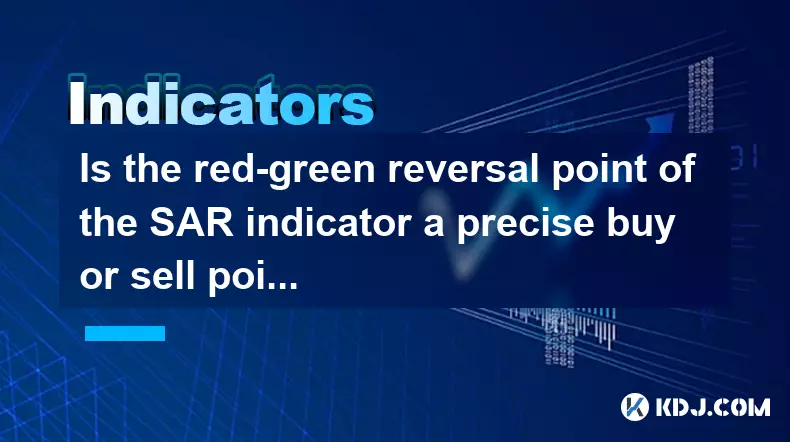
Is the red-green reversal point of the SAR indicator a precise buy or sell point?
Sep 09,2025 at 11:18am
Understanding the SAR Indicator in Cryptocurrency TradingThe SAR (Stop and Reverse) indicator, developed by J. Welles Wilder Jr., is a popular tool us...
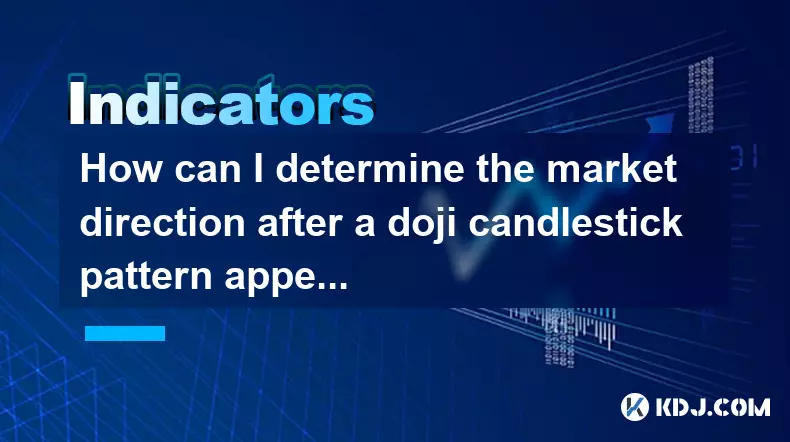
How can I determine the market direction after a doji candlestick pattern appears?
Sep 09,2025 at 05:37am
Understanding the Doji Candlestick in Crypto Markets1. The doji candlestick is a critical formation that signals indecision between buyers and sellers...

Is the RSI entering the oversold zone a golden signal for buying the dip?
Sep 09,2025 at 02:55pm
Understanding the RSI and Its Role in Crypto Trading1. The Relative Strength Index (RSI) is a momentum oscillator widely used in the cryptocurrency ma...

Which is healthier, a rising trend with low or high volume?
Sep 09,2025 at 04:00pm
Understanding Volume in Market Trends1. Volume serves as a critical indicator when analyzing the strength of a rising trend in cryptocurrency markets....

Is a MACD histogram turning from green to red a long signal?
Sep 09,2025 at 01:54pm
Understanding the MACD Histogram in Crypto Trading1. The MACD (Moving Average Convergence Divergence) histogram is a visual representation of the diff...

What does it mean when the DIF and DEA lines of the MACD line converge underwater?
Sep 09,2025 at 07:55am
Understanding MACD Components in Bearish Territory1. The MACD indicator consists of three elements: the DIF (Difference), DEA (Signal line), and the M...

Is the red-green reversal point of the SAR indicator a precise buy or sell point?
Sep 09,2025 at 11:18am
Understanding the SAR Indicator in Cryptocurrency TradingThe SAR (Stop and Reverse) indicator, developed by J. Welles Wilder Jr., is a popular tool us...

How can I determine the market direction after a doji candlestick pattern appears?
Sep 09,2025 at 05:37am
Understanding the Doji Candlestick in Crypto Markets1. The doji candlestick is a critical formation that signals indecision between buyers and sellers...
See all articles
























































































